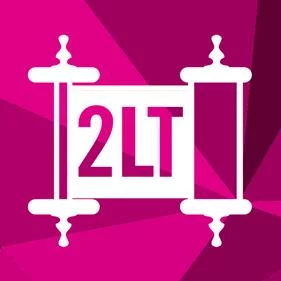Two Line Torah Tzav 5778 – Most Holy

In Tzav we encounter further description of the korbanot (sacrifices/offerings) Aaron and the priests are to perform in the newly-completed mishkan (tabernacle). The opening verses are peppered five times with the admonition “kodesh kodashim hu,” first to describe a specially separated portion of the burnt and meal offerings, then two times each in reference to the sin and guilt offerings.
What should we make of this phrase? It could mean “it is holiest of the holy,” or more simply “it is most holy.” Alternatively, as invoked during havdalah (separating the holiness of Shabbat from the rest of the week), we could choose to understand it as “most separate” from the ordinary routine of life. In any case, the repeated use of kodesh kodashim hu reveals something powerful about the nature of holiness itself. Upon hearing the descriptor “most holy,” one might reasonably assume that only one offering could possibly qualify. However, a varied set of offerings is deemed worthy of inclusion in this rarefied class, provided they meet a set of prescribed criteria.
We are fortunate in the Hillel movement to grapple with the practicalities of Jewish pluralism, and often bring colleagues and students alike into encounter with “offerings” that might come in a variety of forms. When we face this difference within our community, may we seek the wisdom to recognize that no single practice has a monopoly on holiness, and that in fact we have the choice to respond “kodesh kodashim hu.”
Dave Cohn, Director, Emory Hillel